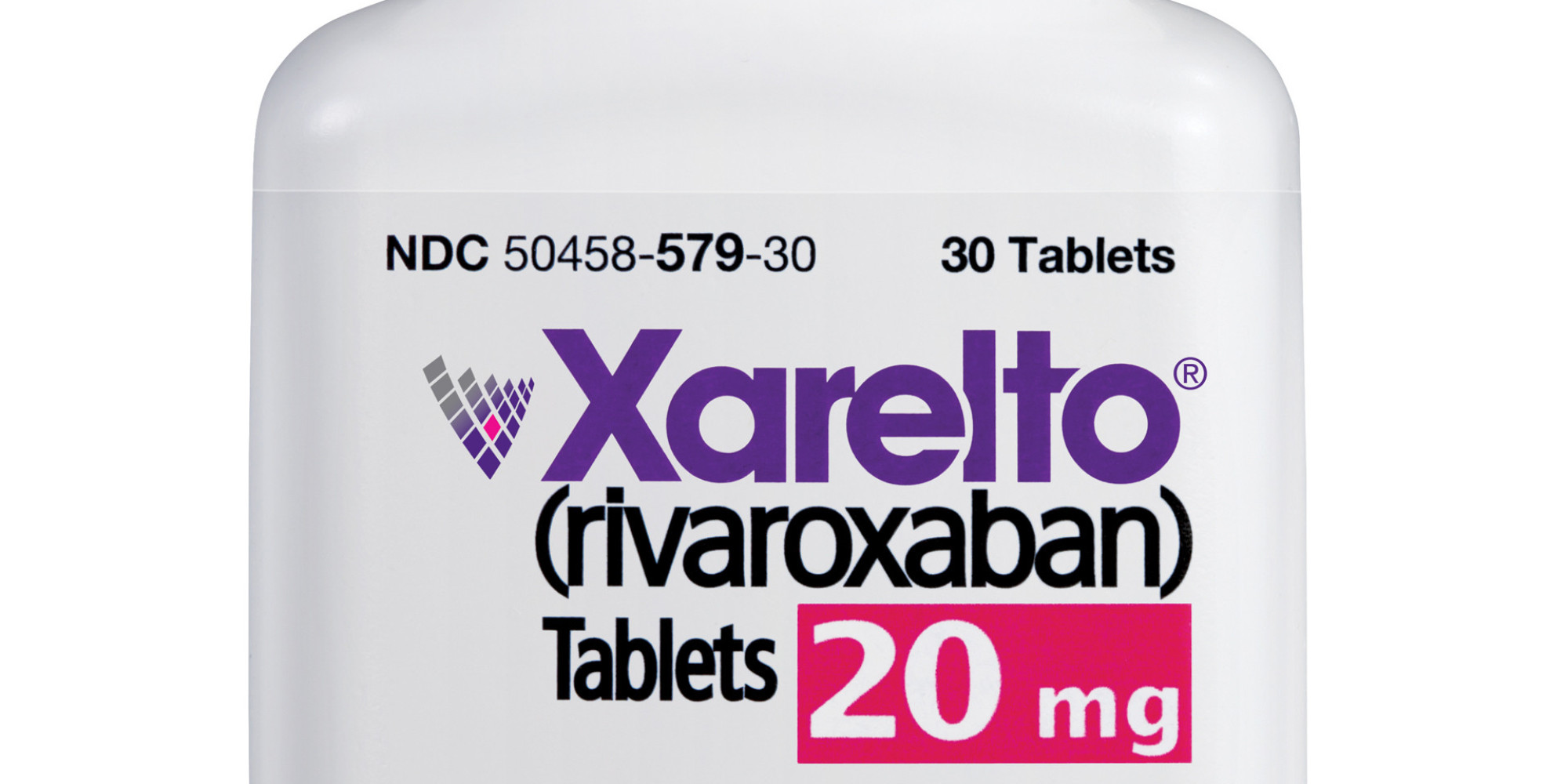Bayer/J&J eye new paediatric use for anticoagulant Xarelto

Bayer and Johnson & Johnson’s Xarelto (rivaroxaban) has been shown to prevent recurrence of thromboembolism in children, paving the way for a potential new indication for the anticoagulant.
The companies announced results of the phase 3 EINSTEIN-Jr study, which showed Xarelta was safe and effective in children with thromboembolism.
Bayer said that it will apply for a new EU paediatric indication for Xarelto following the results, although there was no immediate word from J&J’s Janssen unit about plans to file with the FDA.
Xarelto is important to both companies after they jointly developed it as an alternative to warfarin, which for years was the standard therapy for reducing blood clots.
Novel anticoagulants such as Xarelto and rivals such as Pfizer/BMS Eliquis and Boehringer Ingelheim’s Pradaxa are designed to reduce likelihood of blood clots while keeping instances of bleeding to a minimum.
However none of these rivals have paediatric indications and it looks like Bayer and J&J could gain a foothold in this population ahead of their rivals.
They could also gain a potential six-month extension of patent exclusivity in the US and EU as a reward for getting the drugs approved in children.
Xarelto is Bayer’s biggest seller, bringing in revenues of 3.6 billion euros ($4.04 billion) last year, while and generating sales of $2.47 billion for J&J in 2018.
Discovered by Bayer, the companies are jointly developing the drug, with J&J marketing it inside the US, and the German pharma holding ex-US commercial rights.
The study showed that four out of 335 (1.2%) children treated with rivaroxaban and 5 out of 165 (3.0%) treated with standard of care had recurrent venous thromboembolism (VTE).
Repeat imaging carried out at the end of the treatment period demonstrated an improved effect of rivaroxaban on thrombotic burden as compared with standard of care.
Clinically relevant bleeding occurred in 10 children (3.0%; all were non-major bleeds) treated with rivaroxaban and in 3 children (1.9%; two were major bleeds and one was a non-major bleed) treated with standard of care.
The absolute and relative safety and efficacy results seen in the EINSTEIN-Jr study are consistent to those from previous rivaroxaban studies in adults.
Professor Christoph Male, from the department of paediatrics, Medical University of Vienna in Austria, said: “Current treatment of VTE in children often relies on parenteral administration of anticoagulants and requires laboratory monitoring and dose adjustments.
“Up to now, paediatric anticoagulant treatment regimens were based mostly on observational data and on extrapolation of data obtained in adults. The EINSTEIN-Jr. study represents an important step forwards for the treatment of VTE in children.”












